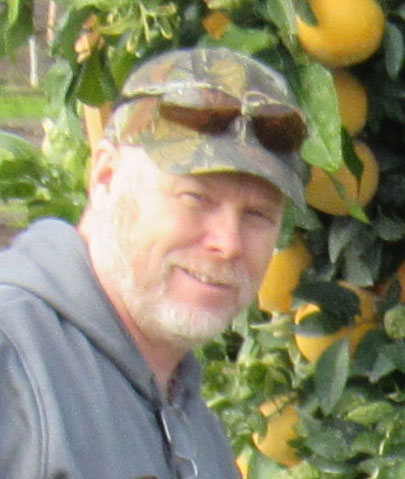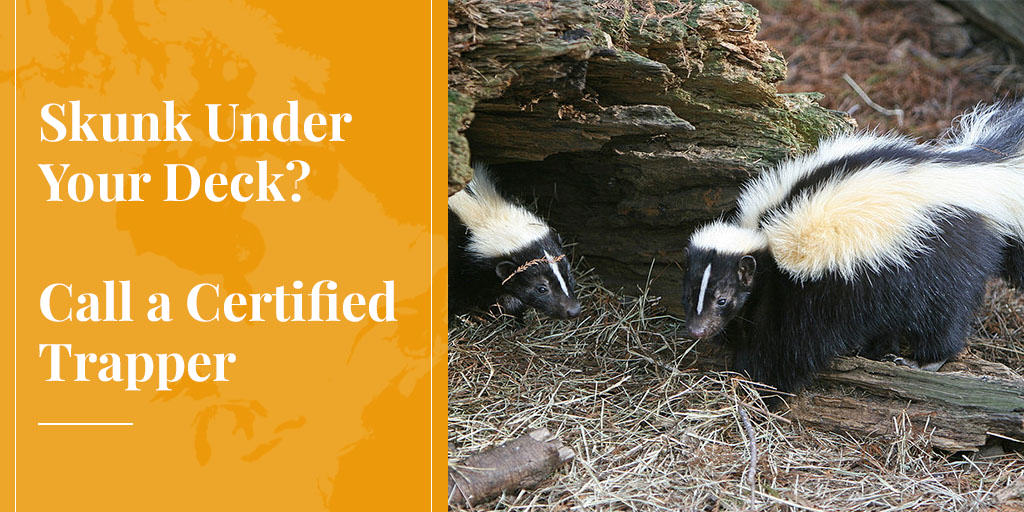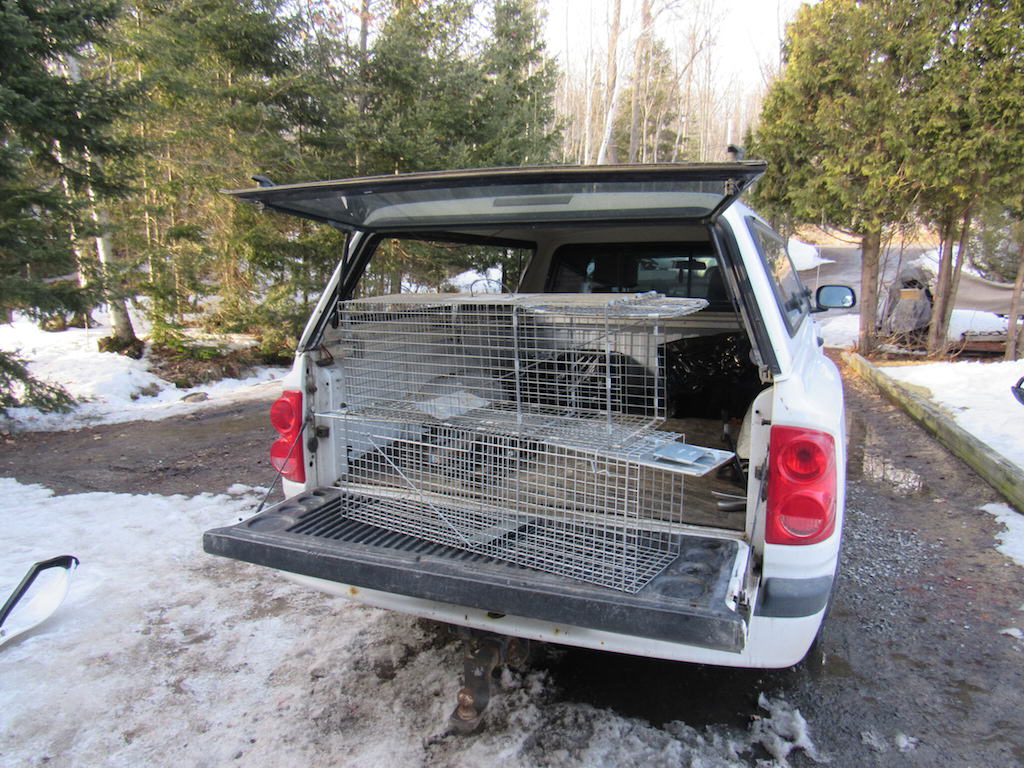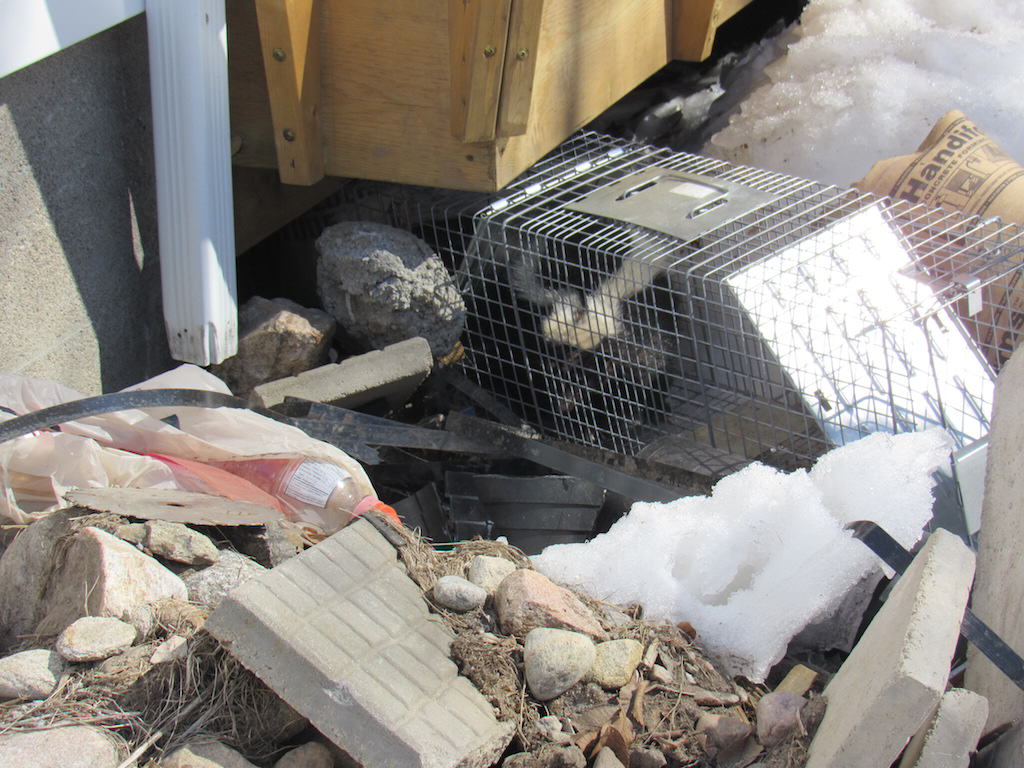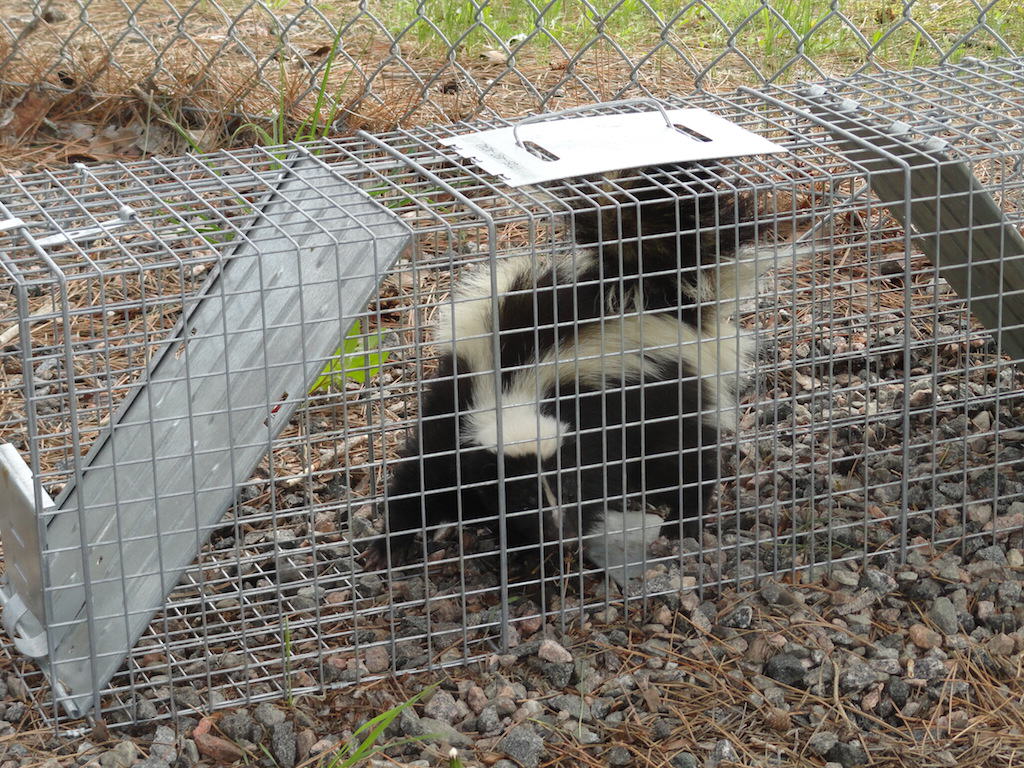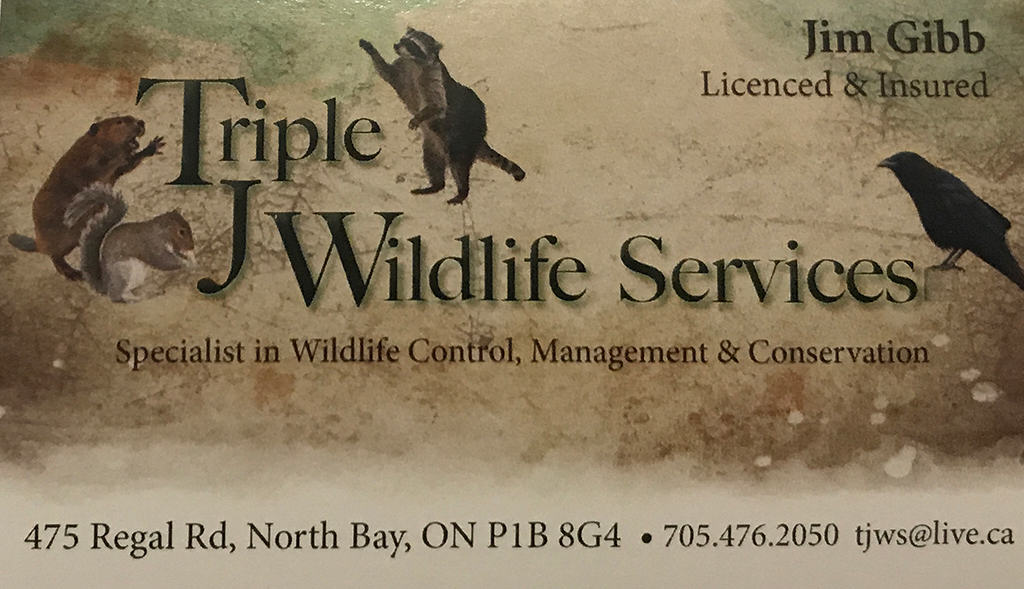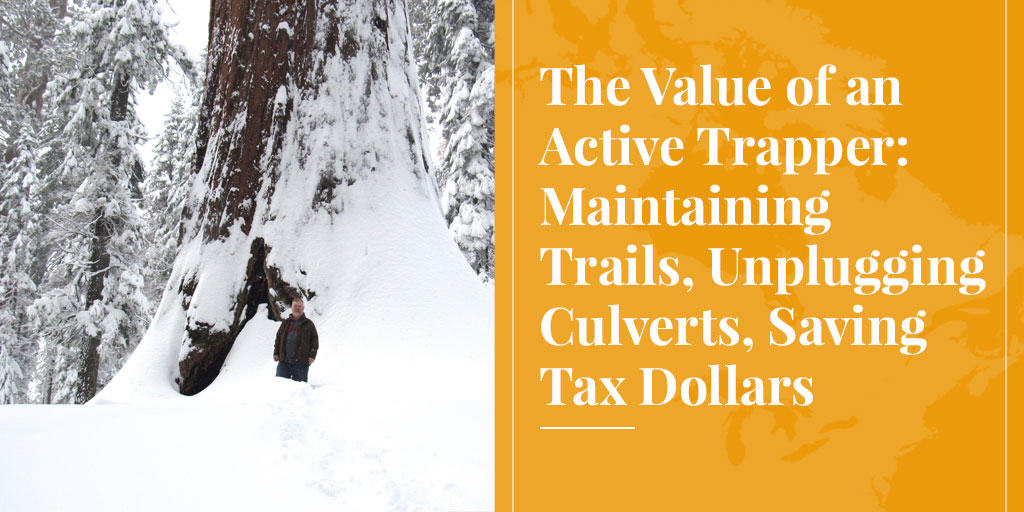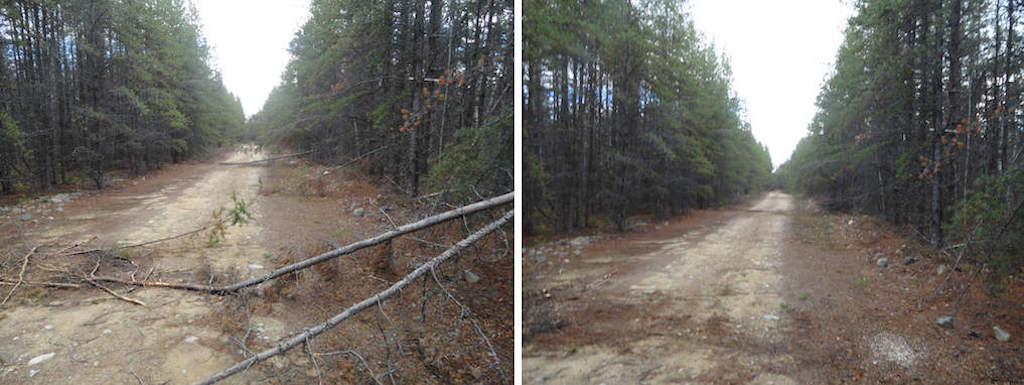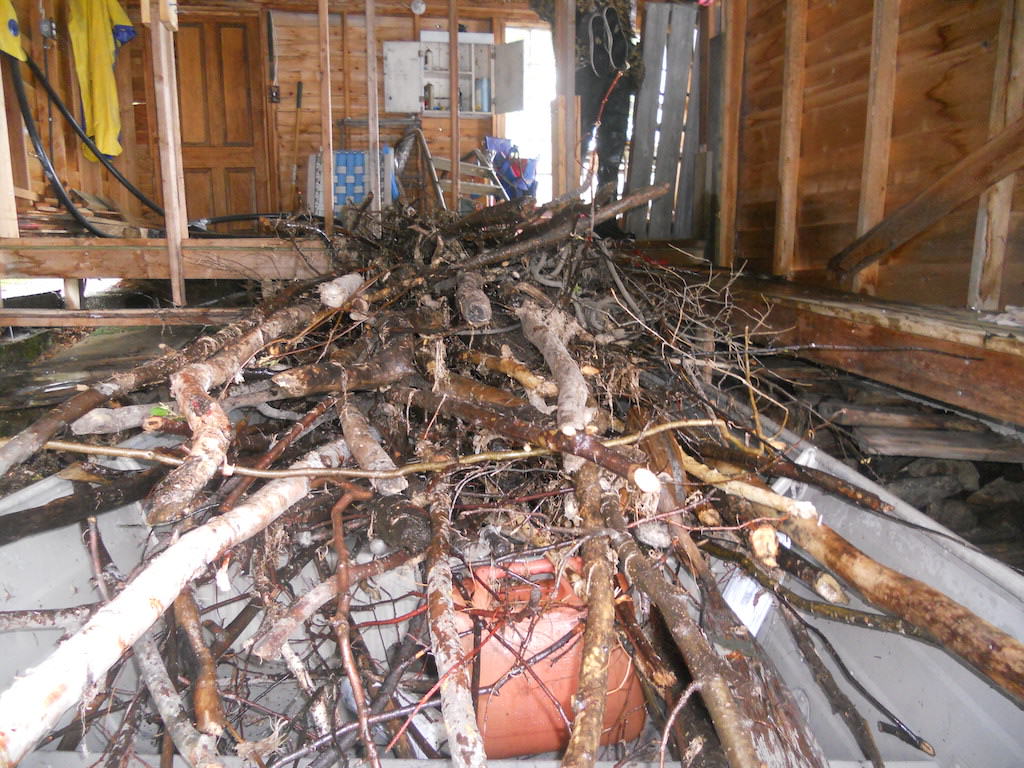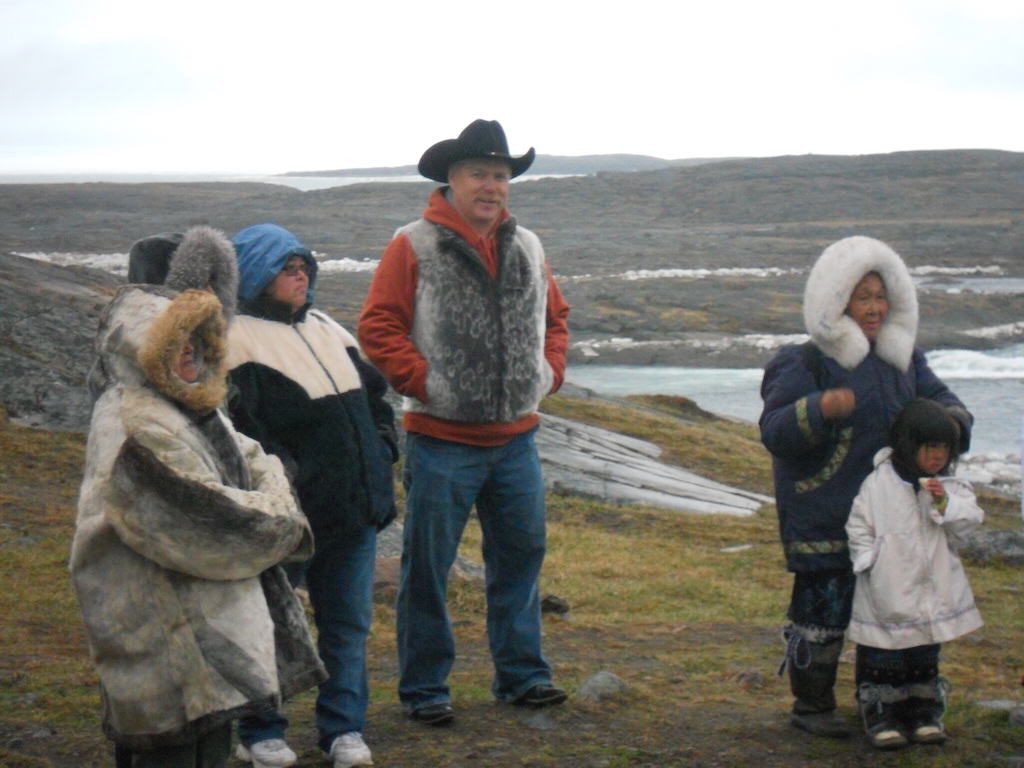Once you get past the odd title, you’ll hopefully find it fitting for the parable that follows. At first glance,…
Read More
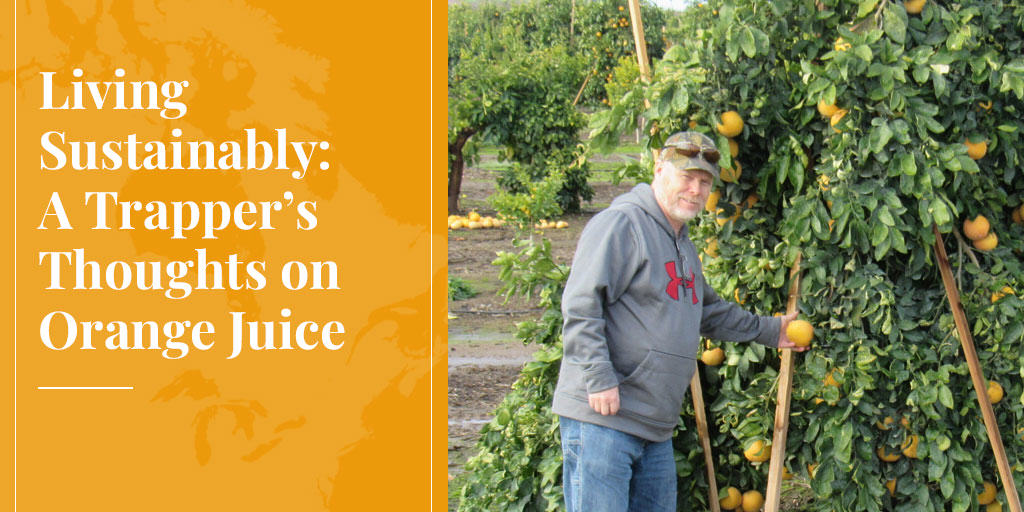
Once you get past the odd title, you'll hopefully find it fitting for the parable that follows. At first glance, it may seem a strange salad, with not only oranges, but also pineapple, roast beaver and giant sequoias thrown into the mix. But if you bear with me, they all come together to confirm my belief that trapping for food and fur is a very sustainable and environmentally friendly way to live.
This story started a few years ago while I was on a trip to the Northwest Territories of Canada. I was up early one morning having breakfast at the Explorer Hotel in Yellowknife. It was around 7:30 a.m. and outside it was still pitch-black and a very frosty -40° Celsius. My journey had brought me north, in the middle of winter, to provide fur-handling workshops in different communities across the NWT for the next 10 days.
Breakfast for me is a pretty simple affair, porridge with a side order of toast, orange juice and coffee. That morning I remember sitting by myself, wondering how the next few days would unfold, as I waited for Francois to pick me up to drive to our first workshop in Fort Providence. And then it struck me: a piece of pineapple had arrived with my porridge as a garnish.
I enjoy pineapple but the thought occurred to me, what did it take to add a small piece of pineapple only a few hundred miles south of the Arctic Circle? Pineapples grow in the tropics, with the biggest producers being Costa Rica, Brazil and the Philippines, where forests are cleared just to grow them. So for that piece of garnish to reach my plate fresh enough to eat, it had its share of air miles, and certainly a lot more than I had travelled from my home in North Bay.
In fact, the exotic pineapple was once highly prized in Europe and North America, where it symbolised not only affluence but also hospitality. Evidence of this can still be seen today in the pineapple motifs that architects, artisans and craftsmen incorporated into everything from gateposts, weather vanes and door lintels, to furniture and fabrics.
So I remember thinking this was a pretty extravagant luxury in such an extremely harsh reality. That thought planted the seed for this story.

Less Meat, More Orange Juice?
Fast forward to a recent conversation with my daughter Kasey, at the kitchen table one morning. As she enjoyed her fresh orange juice, she casually remarked to me that we should eat less red meat. Kasey is a very serious young lady who cares about the world she lives in, and she had just watched a documentary about the environmental impact of raising cattle for meat.
Deb and I have four kids and they are all responsible young adults making their way in today’s world. And none of them are vegan, so her statement caught me off guard.
One attribute I have tried hard to instill in my children is to question things and not get caught up in flavour-of-the-moment fads. Just because someone is promoting an agenda doesn’t mean that all their arguments can be proven, or are even true. Kasey is in her third year of nursing at the local university and had just completed a project on northern food security. So she is now well-versed in the problems and issues of supplying a balanced diet to remote communities.
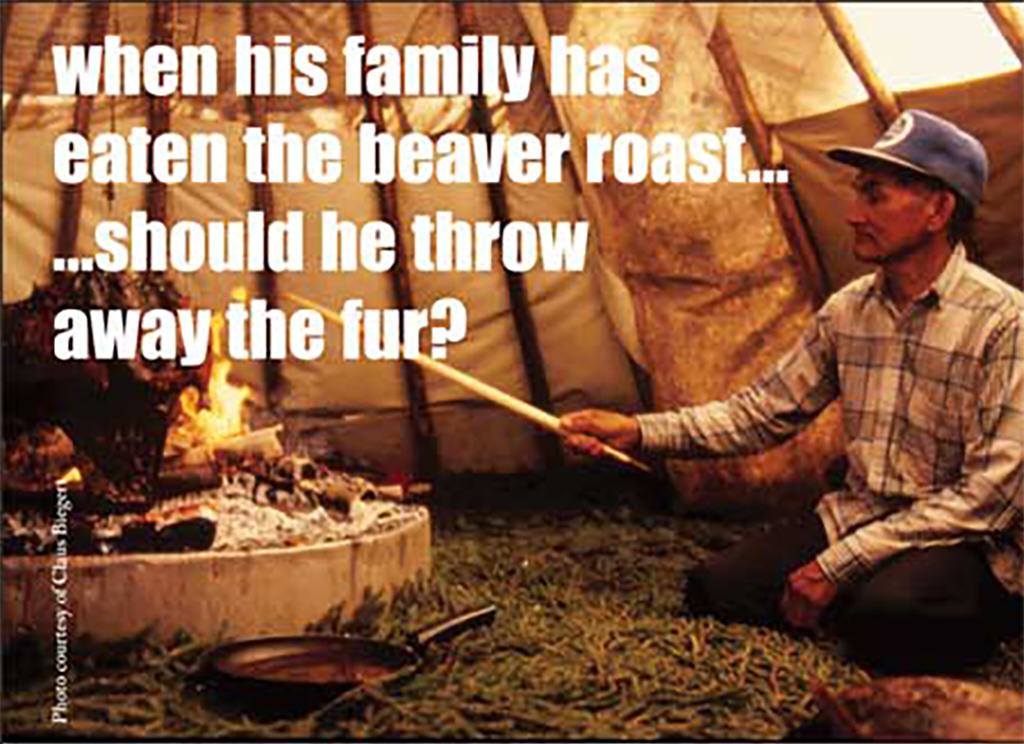
In fact, I had shown her an educational poster that pictured a Cree hunter/trapper roasting a fresh beaver over a fire. The poster explains the importance of the beaver to Cree culture, and the value of the meat far outweighs the value of the fur. Beaver meat sustains a trapper's family in one of the harshest environments inhabited by man. In the same way, seals sustain other northern cultures.
Harvesting meat from seals and beaver is far less intrusive on the local environment than flying fresh meat in from the south. A bonus is the skins that are sold into the fur trade to give the local hunters and trappers income to further sustain a lifestyle that has very low impact on their lands.
Flying southern food into the north has also come at a truly staggering cost in terms of human health, with a rise in particular of obesity and diabetes.
Humbled by Giants
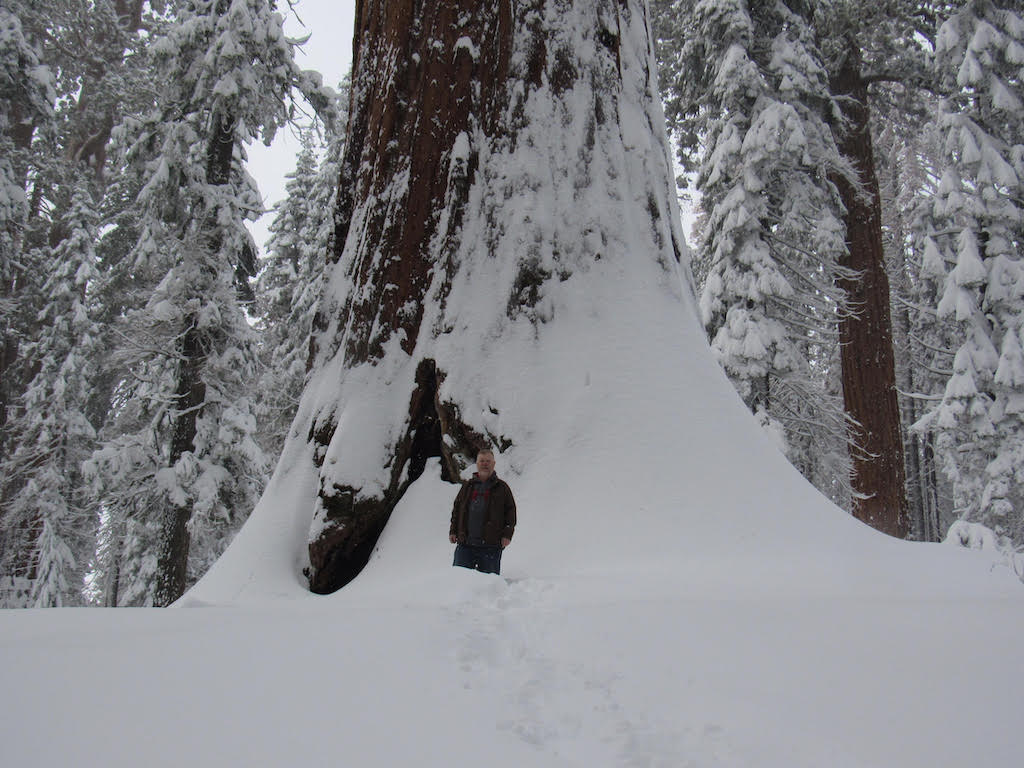
Rewind again a few years and I am in Las Vegas visiting one of the largest outdoor trade shows, the SHOT Show. While on this trip, I booked a return flight with three extra days so I could take a side trip to Northern California to see the giant sequoia trees, something I had always dreamed about doing.
These massive trees have an estimated life span of between 1,800 and 2,700 years. Stop and think about that for a moment. That’s one heck of a long time compared to how long people live - 70 to 80 years on average!
I was extremely fortunate to be able to share this trip with my son Tyler. We rented a van in Vegas and drove the six hours to Visalia, California where we spent the night, and then drove up to the entrance to Sequoia National Park. On our trip we drove through the desert looking at cactus trees, and then into California where mile after mile of orange tree orchards grow. The journey in itself was a huge eye-opener for us.
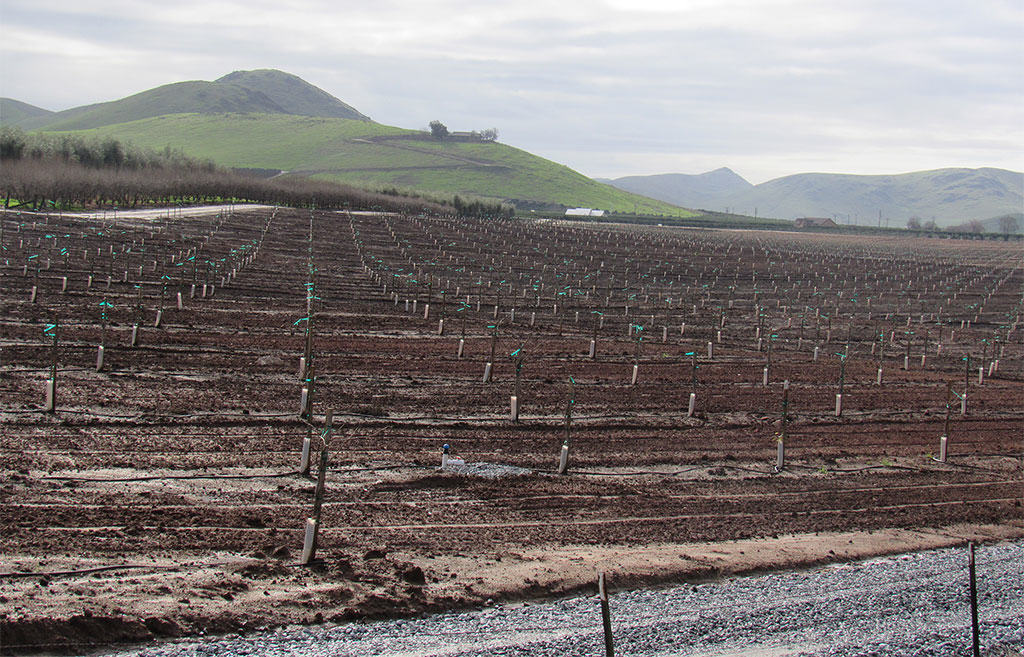
As luck would have it, this was in January and Sequoia National Park had just been hit with 36 inches of fresh snow, and was now closed for the rest of the season. Undaunted, we were told that if we drove to Kings Canyon National Park, no matter what, we would be able to see a grove of the giant sequoias.
Back down the valley, another hour and a half drive from just about sea level to over 6,000 feet, we reached the entrance gate only to be told we had to have chains on our tires. Back down to the valley to buy a set of chains and we finally accomplished our mission.
Standing beside General Grant is a humbling experience. If you have the chance, I suggest you visit the parks. Just make sure they are not snowed in!
Mile After Mile of Orange Trees
Back to my story. Because we were not able to make it to one park and had to drive over to the next park across the valley floor, what I saw really opened my mind to what it takes to get that fresh glass of orange juice on your breakfast table.
Acres and acres, mile after mile of intensive agriculture, rows upon rows of orange trees, lemon trees and grapefruit trees, and in the valley floor it was harvest time. One sight that is still vivid in my mind was driving past a factory with at least 50 semi-loads of oranges waiting to be processed into juice.
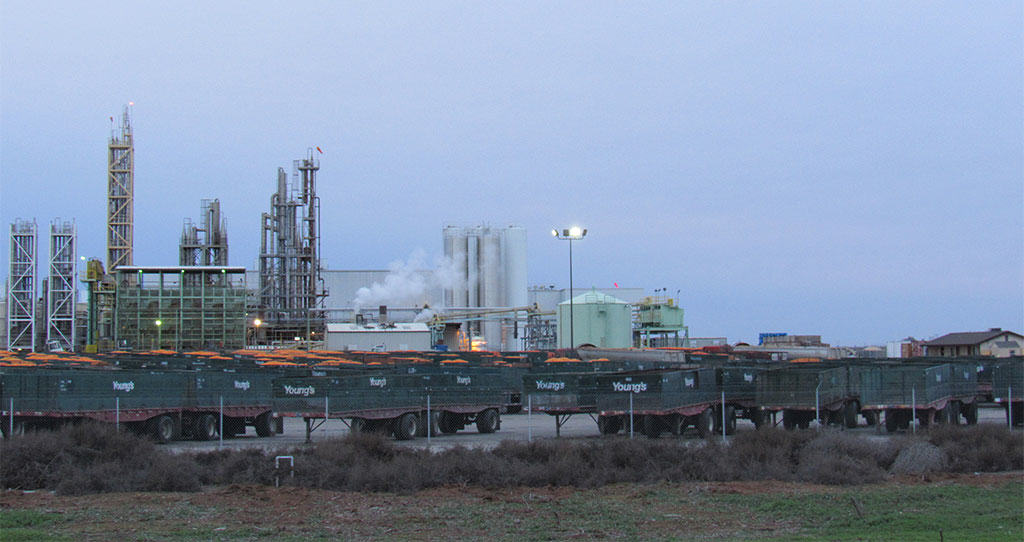
What really struck me was the intensity of the farming. As a trapper I am always looking at the habitat. I can honestly tell you that between each tree in every orchard there was hardly a blade of grass, never mind any other type of vegetation. No room for anything else but fruit trees.
Now don’t read me wrong here, I am not against drinking orange juice or eating the odd grapefruit. What got me thinking was the fact that the average person has no clue what it takes to have fresh food on the table in front of them, for just about any meal they eat. Singling out beef farming as environmentally unfriendly while telling folks that we need to eat more fruits and vegetables is a tad bit hypocritical.
The challenge for all of us is to produce things in a sustainable manner, and look at the whole and not just a single part. We need beef just as we need orange juice.
In this day and age, it is so easy to be against something and jump on a bandwagon and shout out your superiority. I urge you to stop for a minute and gather all the facts, not just what someone spoon-feeds you. Next time you are reading your news source, whether off the web or an old-fashioned newspaper, keep in mind you are reading someone else’s opinion of the facts and not necessarily the whole story.
The next time you sit down to drink a glass of orange juice or eat your morning grapefruit, keep in mind that they travelled thousands of miles, and were handled by a number of people, before they reached your breakfast table. Don’t be so judgemental of a trapper or hunter harvesting fur and food from a landscape that they didn't actually have to change in any way. They are harvesting in a sustainable manner that has gone on for as long as the giant sequoia trees have been growing.
***
To learn more about donating to Truth About Fur, click here.








